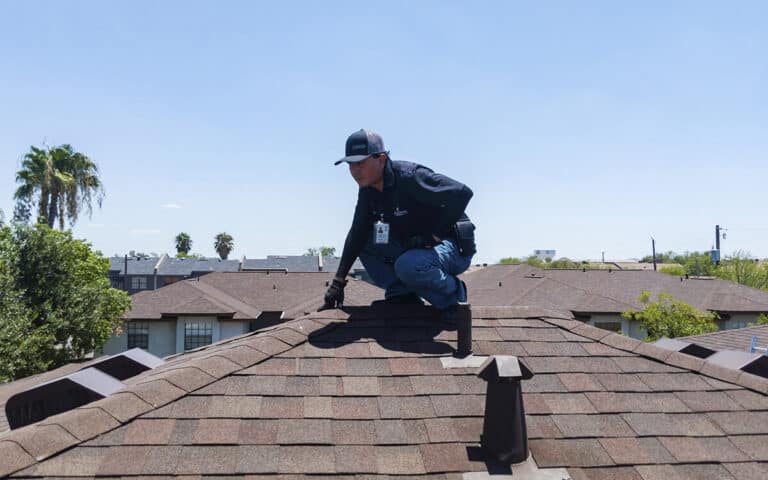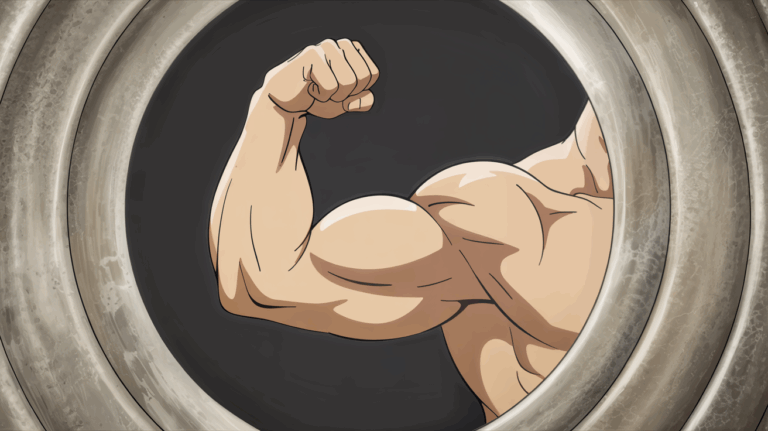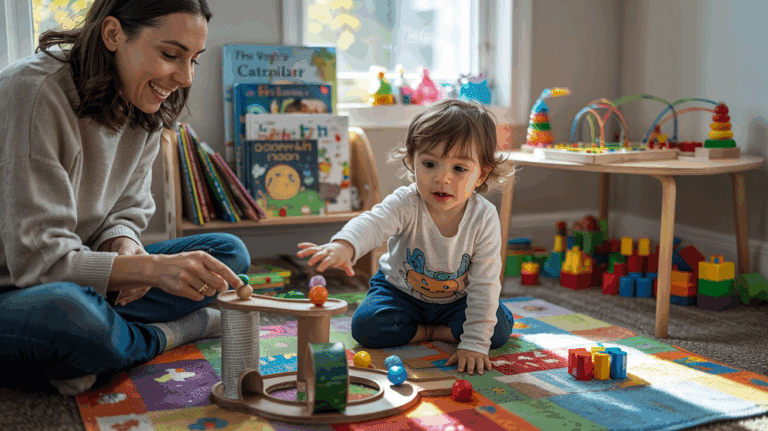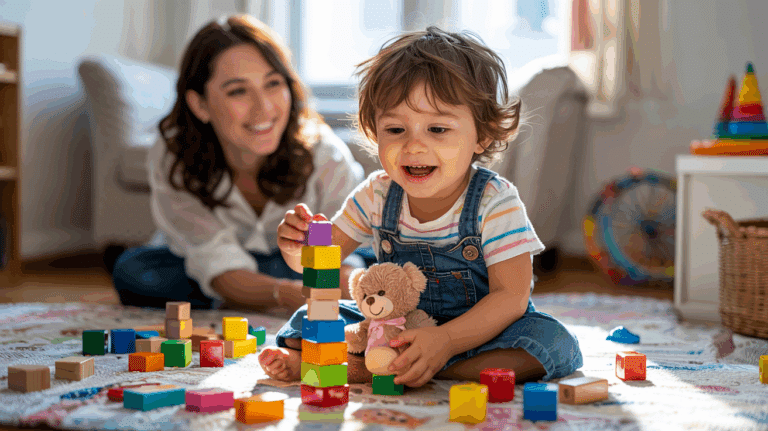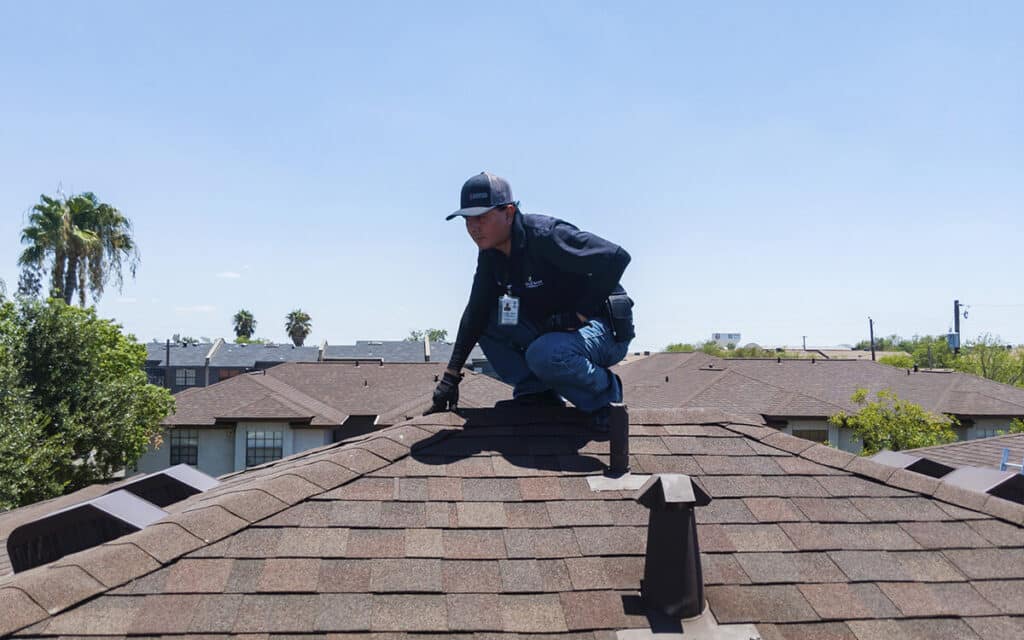As parents, we often focus on making sure our kids eat well, get enough sleep, and stay active. But how often do we think about their circulation? Blood flow is a crucial part of health, ensuring that oxygen reaches every part of the body.
While poor circulation is commonly associated with adults, children can experience it, too. If left unaddressed, circulation issues can affect their energy levels, growth, and overall well-being. Recognizing the signs early and taking steps to improve circulation can make a significant difference in your child’s health.
Understanding Circulation in Children
Circulation plays a vital role in keeping kids active, alert, and healthy. It ensures that every organ and muscle gets the nutrients and oxygen it needs to work well. While most children have naturally good circulation, some factors can lead to reduced blood flow, causing noticeable symptoms. If it is left untreated, it can lead to some vein conditions like varicose vein problems. Understanding how circulation works and how it differs in kids can help parents identify potential issues early on.
What Is Circulation and Why Is It Important?
Circulation implies the movement of blood throughout the body. A healthy circulatory system supports growth, brain function, and immune health. When blood flow is inadequate, it can lead to cold extremities, fatigue, and slower healing.
How Circulation Differs in Kids vs. Adults
Children have smaller blood vessels and a developing cardiovascular system, which means their circulation can be more sensitive to changes in activity, temperature, and hydration levels. Unlike adults, kids might not always recognize or communicate discomfort, making it essential for parents to stay aware of any signs that indicate poor circulation.
Common Signs of Poor Circulation in Kids
Recognizing poor circulation in children can be tricky because they might not always express discomfort clearly. As a parent, you might notice small changes in their appearance, energy levels, or how quickly they recover from minor injuries. Paying attention to these signs can help you catch circulation issues early and take steps to improve them. Some signs include:
– Cold Hands and Feet. If your child’s hands and feet are often cold, even when the rest of their body is warm, it could be a sign that blood isn’t reaching their extremities efficiently. While occasional cold hands and feet are normal, persistent issues may indicate circulation problems.
– Numbness or Tingling Sensations. Does your child frequently complain about their hands or feet feeling “asleep” or tingly? This sensation, commonly known as “pins and needles,” could mean that blood flow to certain areas is restricted.
– Pale or Bluish Skin. A healthy blood flow gives the skin a warm, pinkish tone. If you notice your child looking paler than usual or if their lips and fingertips sometimes take on a bluish tint, their circulation may need attention.
– Slow Healing Wounds and Bruises. If small cuts, scrapes, or bruises seem to take longer than usual to heal, it could be a sign that oxygen and nutrients aren’t reaching the injured areas efficiently. Proper circulation is key to the body’s natural healing process.
– Fatigue and Weakness. Children are naturally energetic, so if your child often seems unusually tired or weak despite getting enough rest, poor circulation could be a factor. Insufficient blood flow can mean their muscles and brain aren’t receiving the oxygen they need to function properly.
– Swelling in Hands and Feet. Swollen hands or feet, especially without an obvious cause like an injury, may indicate that blood isn’t circulating properly and is pooling in certain areas. Permanent swelling should be checked by a doctor.
Causes of Poor Circulation in Kids
When it comes to our kids’ health, circulation is often overlooked. Poor circulation can lead to many issues if left untreated. But what causes poor circulation in children? Let’s dive into some common reasons behind it.
Sedentary Lifestyle
Kids today spend several time sitting, whether it’s playing video games or doing homework. A lack of physical activity will slow down blood flow, leading to poor circulation. Movement helps pump blood through the body, so it’s crucial for kids to stay active to keep their circulation in check.
Genetics
Sometimes, poor circulation runs in the family. If a parent or sibling has issues with blood flow, a child may be more prone to similar problems. Genetics can play a big role in how the blood circulates throughout the body, and some kids may need extra care in this area due to inherited conditions.
Poor Diet
A diet with too much-processed foods, carbs, and unhealthy fats causes plaque to build up in the arteries, reducing blood flow. For kids, this often means eating too much junk food instead of nutrient-rich fruits, vegetables, and whole grains. A diet loaded with vitamins and minerals will help keep their blood flowing smoothly.
Inactivity or Prolonged Sitting
When kids sit for long periods, such as during car rides, school, or at home, the blood flow in their legs and feet can decrease. If they don’t get up and move around frequently, it can lead to poor circulation. Regular movement, stretching, or simply standing up every hour can help keep circulation at its best.
Obesity
Being overweight puts extra strain on the body, especially the heart and blood vessels. This leads to decreased blood flow and poor circulation. With detrimental eating habits and lack of exercise, more children are struggling with obesity, which can affect their overall health, including their circulation.
Cold Weather
Cold temperatures constrict blood vessels, slowing circulation. Kids who play outside in cold weather without proper clothing or protection may experience poor circulation in their extremities, like their hands and feet. Dressing warmly and taking breaks to warm up can help maintain healthy blood flow in colder environments.
How to Improve Circulation in Kids
You can always improve your kids’ circulation by adjusting some lifestyle habits. Some of these include:
– Encourage Physical Activity. Activities like running, jumping, and biking promote better circulation. Even short movement breaks can help.
– Provide a Balanced Diet. Foods rich in iron, vitamins C and E, and omega-3 fatty acids support blood vessel health.
– Ensure Proper Hydration. Drinking enough water keeps blood viscosity at a healthy level, aiding circulation.
– Dress for Comfort. Loose-fitting clothing allows for unrestricted blood flow.
– Massage and Stretching. Gently massaging limbs and encouraging stretching exercises can stimulate circulation.
– Address Any Underlying Health Issues. If poor circulation persists, consult a doctor to rule out any medical conditions.
Conclusion
Your child’s circulation is just as important as their diet and exercise routine. Poor circulation can impact their overall health, but the good news is that many simple lifestyle changes can help. By keeping an eye out for early signs and making adjustments to their activity levels, diet, and hydration, you can ensure they have the best chance for healthy blood flow. If symptoms persist, seeking medical advice is always the best course of action. After all, a thriving circulatory system means a thriving child!





